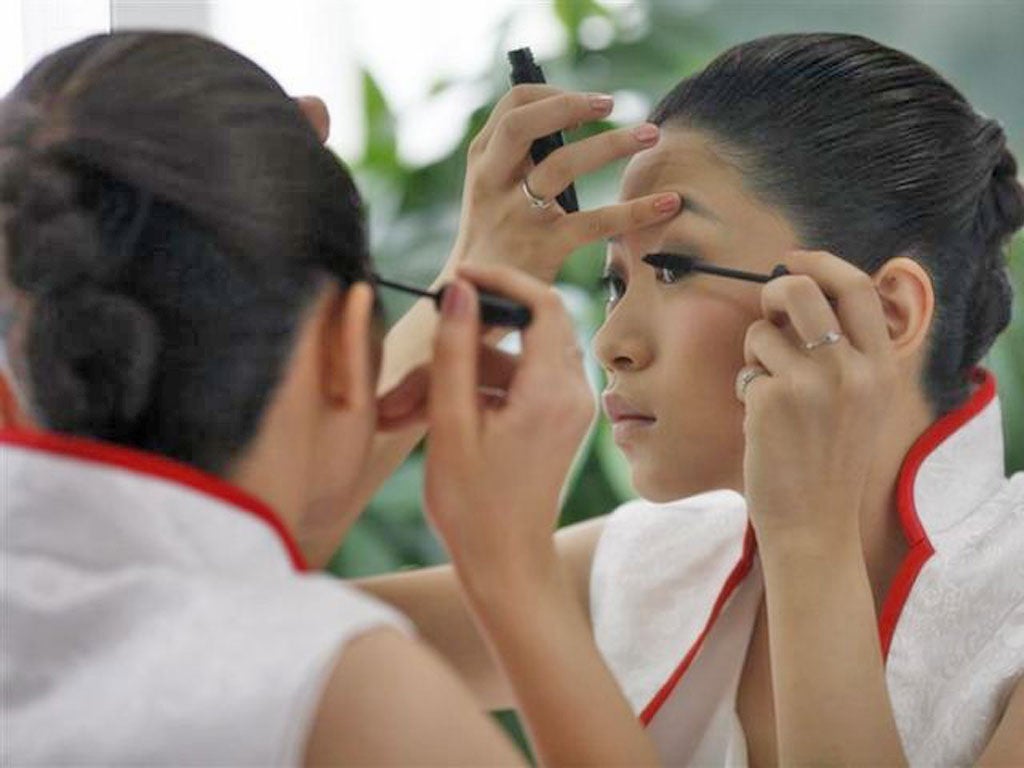Wendy Higgins: Animal testing is the beauty industry’s well-kept ugly secret

Animal testing is the beauty industry’s well-kept ugly secret. Many consumers still shop under the assumption that cosmetics animal suffering is a thing of the past. The truth, however, is altogether harder to swallow - thousands of animals are still used to test cosmetic chemicals.
The campaign to end cosmetics cruelty has its roots in Britain, where public outrage at the suffering of animals for vanity products like lipstick and shampoo grew throughout the 1970s and 1980s, leading a newly-elected Labour government to end the practice in 1997. The 1990s also gave rise to a vibrant campaign to end cosmetics testing Europe-wide. Initially met with industry resistance, overwhelming public and political support eventually won out and Europe’s labs stopped cosmetics animal testing in 2009.
This was a milestone victory but by no means the end of the story. Many companies continue to test on animals in countries such as the United States, China and Brazil, either because the regulatory authorities require it, or because the companies still feel they need to do some testing. In these countries, there is limited public scrutiny and animals continue to have cosmetic chemicals forced down their throats, dripped into their eyes and applied to their shaved skin, sometimes in doses high enough to kill. China, as one of the few countries in the world to require such testing, bucks the global trend and provides another reason for companies not to kick the animal-testing habit.
Modern science, political will and consumer pressure hold the key to a cruelty-free future, and Humane Society International’s Be Cruelty-Free campaign is working globally to make that a reality. The pace of scientific advance over the past few years has been staggering, and more scientists are calling for non-animal methods that are faster, usually cheaper and almost always much more precise than last century’s animal testing. Three-dimensional, reconstituted human skin models better predict how chemicals behave on people than dosing rabbits, and animal-free toxicity assays produce results in a fraction of the time and cost of the average mouse test. While the rest of the world joins this technology race, China has not—yet.
Next year, Europe will introduce a ban on selling newly animal-tested cosmetics, for the first time ethically excluding products that don’t comply. For some beauty companies, commercial ambitions in Europe - the world’s largest cosmetics market – may be a compelling driver to revolutionise their approach. As 2013 approaches, Chinese regulators are also beginning to show interest in non-animal alternatives. If China embraces this opportunity to modernise its testing, it will switch from being an obstacle to ending animal testing to being a vital part of the solution.
We invite beauty companies to join our campaign to help persuade China and regulators in other emerging economies (like Brazil, India and southern Africa) that the future will be based on non-animal testing approaches to guarantee consumer safety. The companies should comply with the forthcoming EU ban and use only ingredients that can be established safe without new animal testing and, increasingly, this will be no restriction whatsoever. If companies choose to be short-sighted on this issue, then consumers also have a choice to make about the products they buy.
Wendy Higgins is Communications Director at Humane Society International UK www.hsi.org/becrueltyfree
Join our commenting forum
Join thought-provoking conversations, follow other Independent readers and see their replies
Comments